Field Trips on the Leddy Lake Interpretive Trail
June 24, 2019 12:00 pm 1 Comment
Hi again! For this blog, I’m going to talk a bit about one of my favorite roles at Mercer Peace River. Part of my job involves leading school field trips at Leddy Lake, and helping to maintain the Leddy Lake Interpretive Trail.
Elementary and junior high students from schools in the region come to the trail to learn about the boreal forest, get a hands-on science exam review, and enjoy a day out of the classroom of course. The trail consists of a 2 kilometre walk through a patch of boreal forest near the lake shore, and has over 19 stations where we stop, discuss, and learn by observing the area around us.
During the tour students learn about the trees they are walking through (mainly trembling aspen, balsam poplar and white spruce), wildlife, soil composition, fungus, plants on the forest floor, and much more. We discuss the importance of protecting waterways, photosynthesis, biodiversity and many other topics, by observing the changes we see in the forest as we walk.
This summer I have been working to update the information and pictures on the signs at the trail stations (the trail was created in 1994…) with my own pictures and information to match the current state/age of the forest. This is a bigger job than you might think but one that I really enjoy, and I spend spare time I have at the office working on it. As part of my work on the stations, I’ve added information and pictures on topics such as pollinators, distinguishing mosses, fungi and lichens, and an entire final station about actions that we can take as individuals to protect natural areas.
The most exciting part is being able to answer the questions of the students who are intensely curious and interested in nature and the forest. For many people the field trip will be quickly forgotten, but for those passionate students it will be one of the highlights of their school year.
We also provide activities such as a bingo-scavenger hunt, word searches and crossword puzzles to encourage engagement during the tour and to reinforce what they’ve learned afterwards.
The group we had most recently was a tour of only 7 grade 5 and 6 students, but they were amazing. They were full of questions, curious about the forest, respectful of nature, and were the most observant group of students yet. With that group we saw baby spiders that had just hatched, a woodpecker, alder woolly aphids and all kinds of insects. Leading the tour I could barely get a word in because every time we stopped, they spotted something interesting or had great questions for me. Those are the kinds of groups that make the tour highly enjoyable, because you know that those students have learned something.
I’m sad to say that there is only one tour left, but I’m really looking forward to it!
Early environmental education is so important because it makes children, and the adults they will become, more environmentally conscious, responsible, and aware. By allowing them to enjoy and understand nature, and their own impact, they can learn to be more careful, less wasteful and advocates for the natural environment. As well, some students may develop an interest in working in forestry or other environmental fields that they would not have otherwise. Nothing beats hands on learning and seeing the science with their own eyes. Even leading the tours and working on the stations I have been able to learn so much and spend a lot of time noticing unique forest features.
Getting to be a part of this is one of the tasks of which I’m the most proud of being able to do at this job. The point of the tour is not just that they learn, it’s that it helps them want to learn, just as these sorts of field trips did for me when I was in elementary.
It is my hope that environmental education only becomes more common place in the years to come, both inside and outside of the classroom.
Below I’ve attached photos that I took on the trail, some of which I will be using to update the stations. I will be sure to attach some of the completed stations to one of my later blogs.
Thanks for reading!
-Arianna
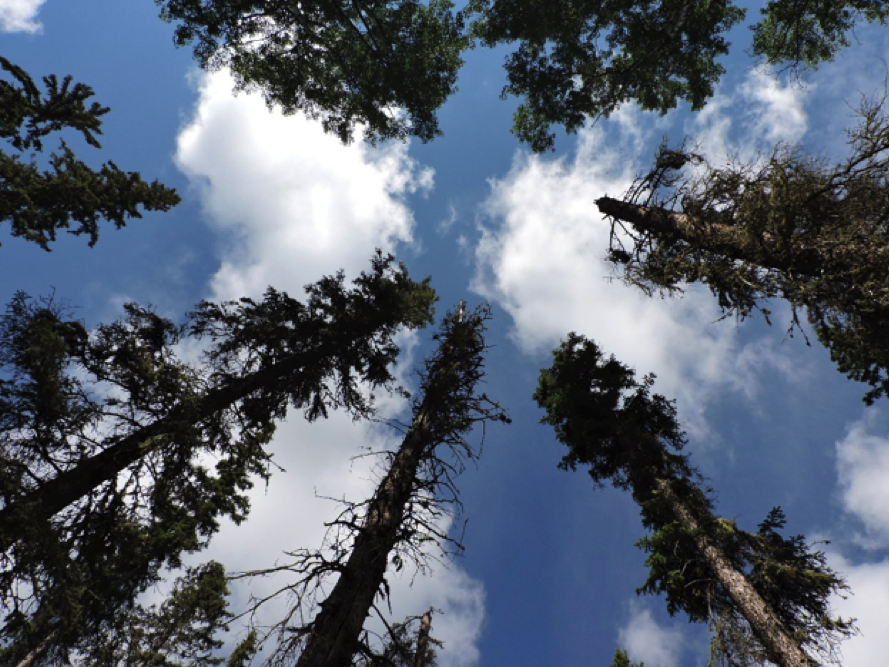
Figure 1 At station 10 we discuss how the canopy and the allowed light affects understory growth, and we also talk about photosynthesis and why trees may drop unproductive branches
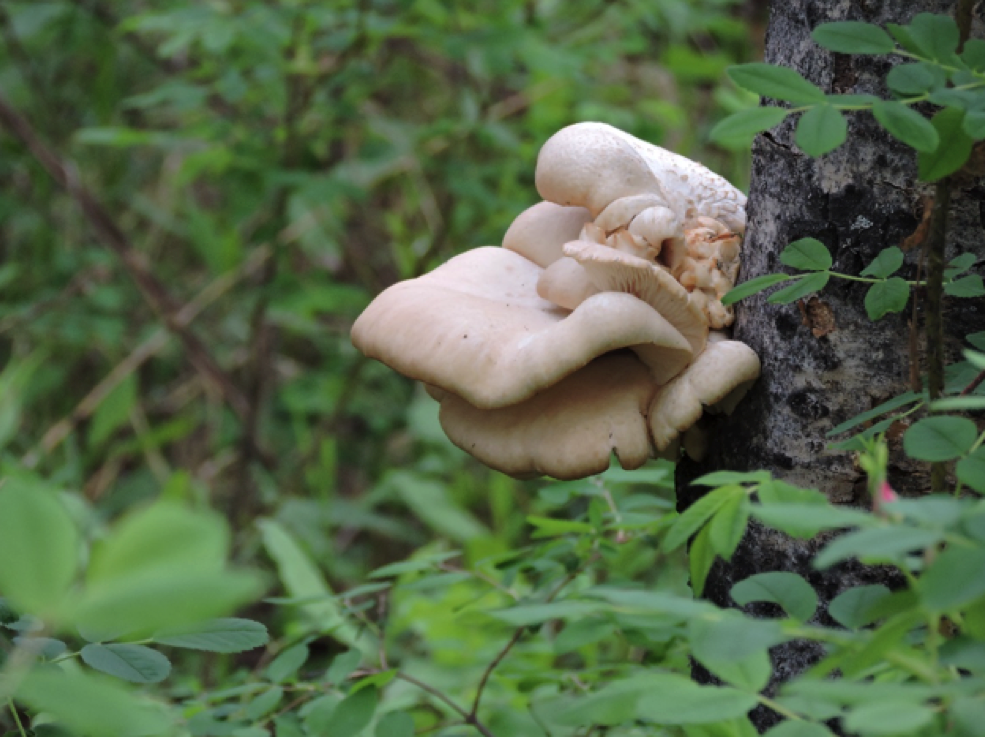
Figure 2 Students are fascinated by all kinds of organisms along the trail…
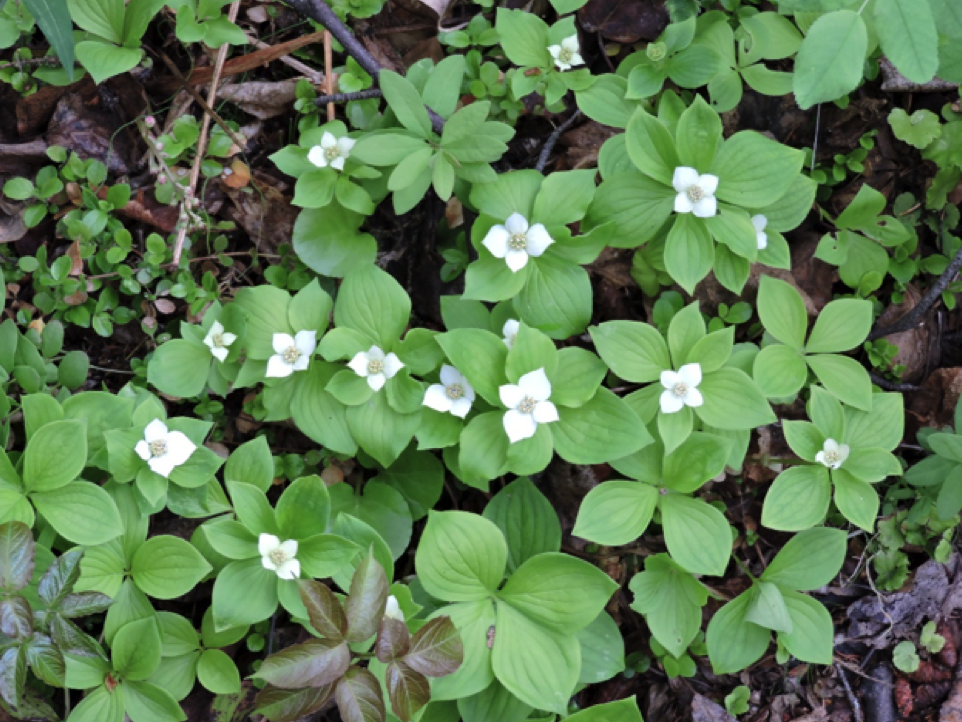
Figure 3 Bunchberry or Cornus canadensis is all over the forest floor. Interestingly, its white petals are actually bracts and the true flowers are in the very centre
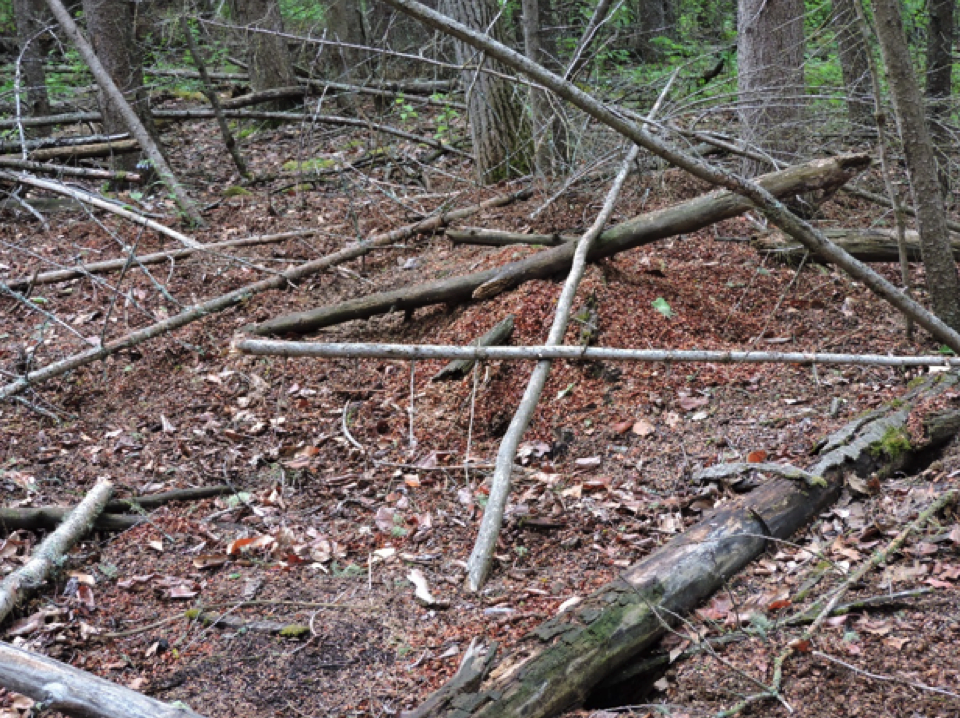
Figure 4 Students have to wait until the second to last station to finally be able to cross squirrel midden
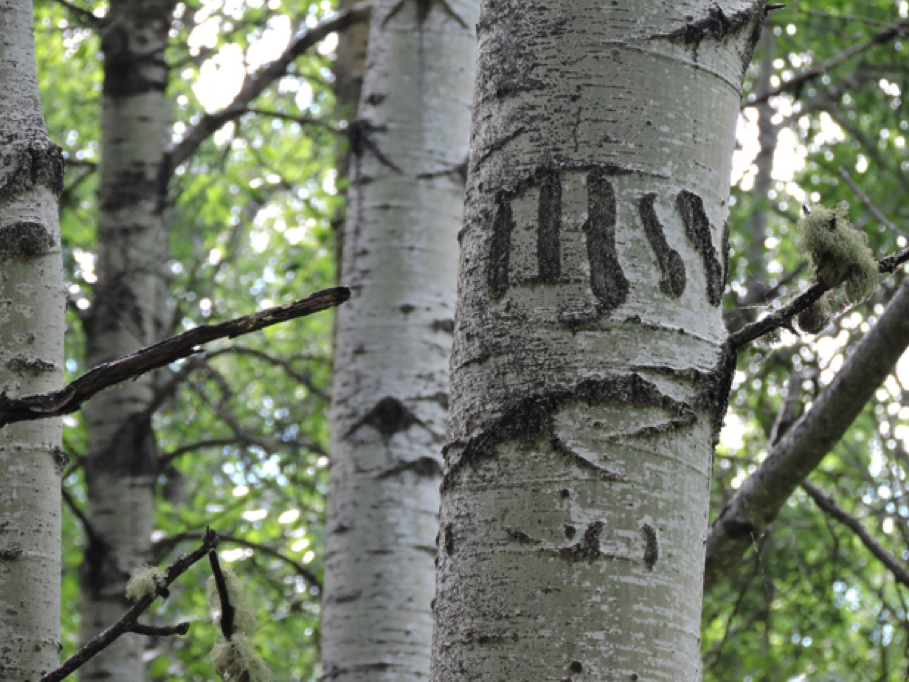
Figure 5 At the station themed “sending messages” we discuss territorial markings and other ways that animals protect their space. Bears are always a major point of discussion when we show the students some of their markings on nearby trees
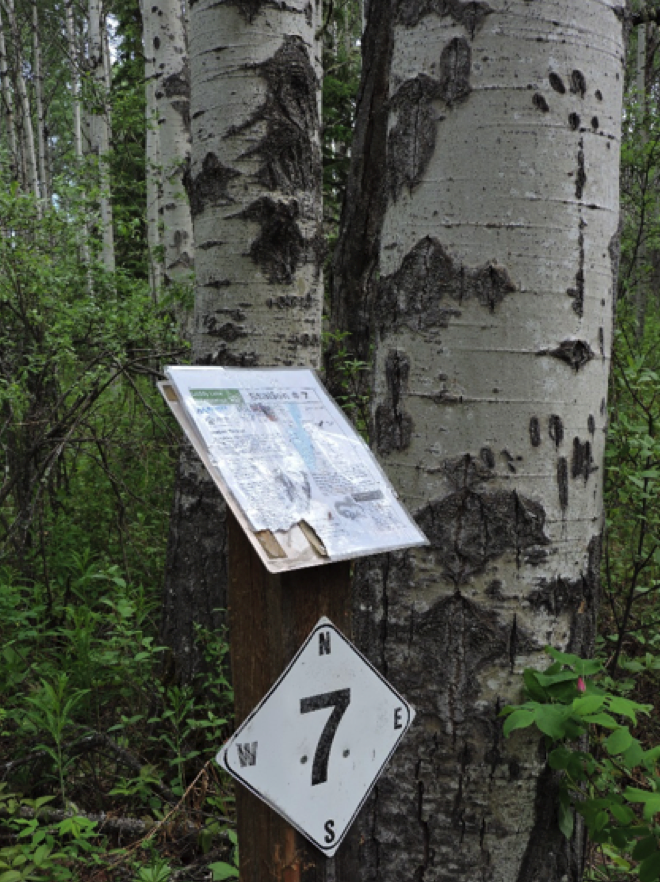
Figure 6 Part of my job is making sure that the stations are intact, this
means pre-walking the trail each time and replacing signs with a bite
out of them…

1 Comment
Looks great! Keep going I am anxious to read your next blog.